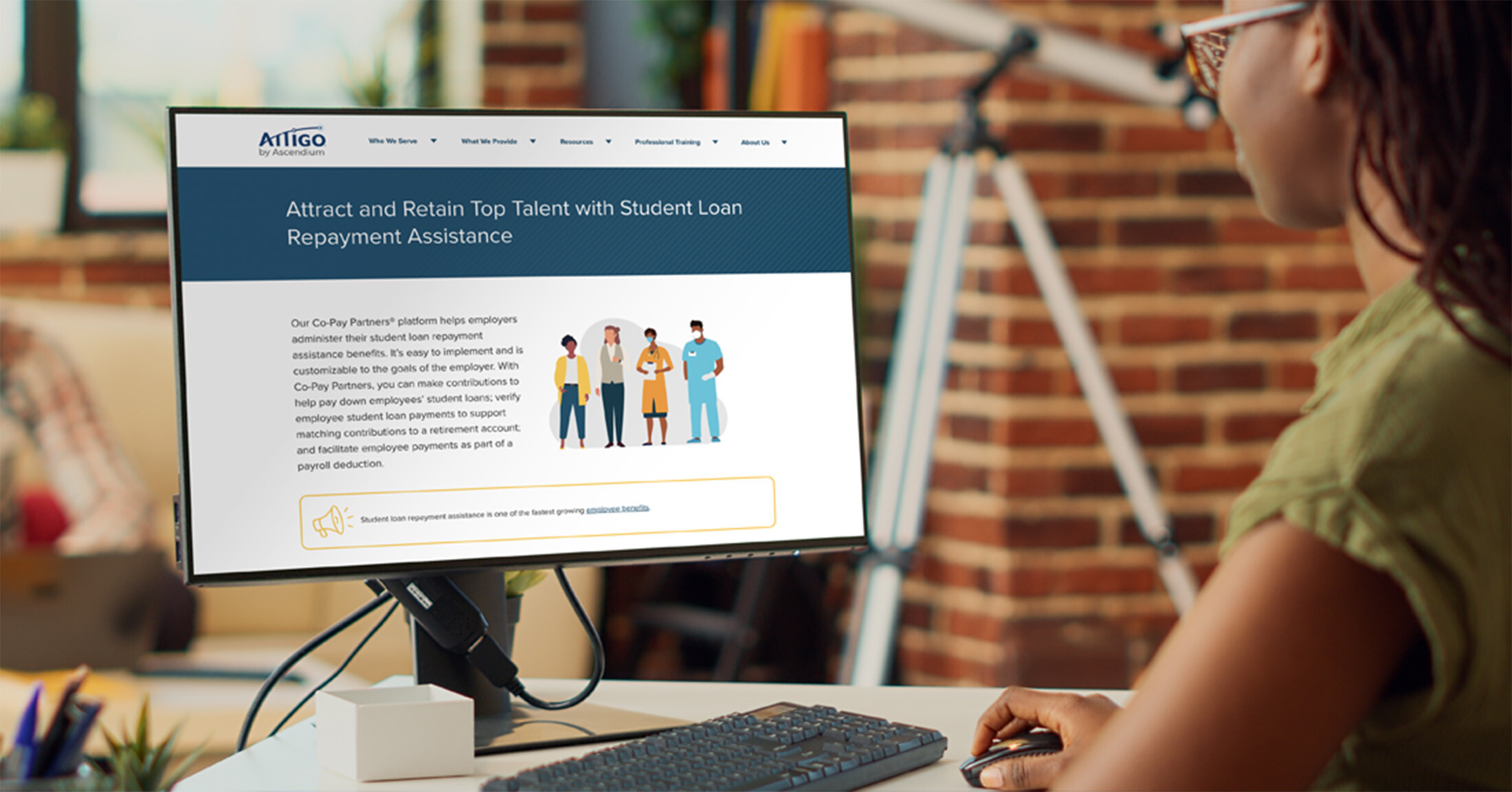Securing the Future: What the Proposed SECURE Act 2.0 May Mean for Student Loan Borrowers

It’s a question just about every working person asks themselves at some point: Am I doing enough to prepare for retirement? For those with student loan debt, this question can be even more difficult to answer. The Securing a Strong Retirement Act (SECURE Act 2.0) working its way through Congress aims to make retirement saving easier and more accessible, especially for those with student loan debt (Source: Congress.gov).
What is the SECURE Act 2.0 and why is it important?
The SECURE Act 2.0 is pending legislation that builds on the Setting Every Community Up for Retirement Enhancement (SECURE) Act of 2019 and seeks to expand and enhance retirement savings opportunities for workers (Source: SHRM). The timing of this act is critical, as many Americans may not be not saving enough to secure their post-employment financial future (Source: CNBC).
In order to address this shortfall, the sponsors of the SECURE Act 2.0 contend that Americans should be encouraged to save for retirement by making the process easier. The provisions included in the bill are designed to expand access to employer-sponsored retirement plans, narrow existing gaps in coverage and even allow companies to incentivize retirement savings.
How does the EARN Act impact the SECURE Act 2.0?
Although the SECURE 2.0 Act was passed by the House of Representatives in March with overwhelming bipartisan support, a companion bill has not yet been passed by the Senate. In June, however, two separate bills — the Enhancing American Retirement Now (EARN) Act and the Rise and Shine Act — were approved by Senate committees that are expected to form the basis of the Senate version of the SECURE Act 2.0.
Some of the most noteworthy reforms proposed include:
- Expanding automatic enrollment in retirement plans.
- Raising catch-up contribution limits.
- Promoting the saver’s credit.
- Delaying Required Minimum Distributions (RMDs).
- Making it easier to buy annuities.
- Lowering costs for employers.
- Allowing employers to match student loan payments with retirement plan contributions (Source: United States House Committee on Ways and Means).
Retirement experts are reasonably confident that the better-known and arguably more critical reforms included in the SECURE Act 2.0 will remain in the final legislation, as many of those provisions are found in at least one of the two Senate bills passed in committee. This is especially true of the changes that involve student loan repayment, which has proven to be one of the most popular and least-controversial measures proposed, particularly among younger workers.
How does this legislation help employees with student loan debt?
For many American workers with student loans, saving for retirement is challenging at best, and simply impossible for others (Source: TIAA). The SECURE Act 2.0 helps address this pressing concern by granting employers the ability to make retirement contributions based on their employees’ monthly student loan obligation.
The SECURE Act 2.0 would allow student loan borrowers to focus on student debt paydown. Additionally, their employer retirement contributions, regardless of amount, benefit from the additional years the money has been invested and growing tax-free. In short, starting to save early is key, and this provision will help borrowers working for participating employers do just that.
What do companies need to do to offer student loan/retirement matching?
First and foremost, employers will need to pay close attention to the expected passage of a Senate version of the SECURE Act 2.0 and the final approval of a reconciled bill by both the Senate and the House of Representatives. While final guidance is not expected for several months, companies looking to lessen their employees’ student loan debt burdens have other options in the meantime.
How can I help my employees right now?
Offering a Student Loan Repayment Assistance benefit from Attigo is something you can do right now to potentially save your employees tens of thousands of dollars and help them take years off of their student loan repayment term. For example, an employee repaying $50,000 of qualifying student loan debt at 6% interest would have a monthly payment of approximately $555 over a 10-year term with a total repayment cost of $66,612. If the borrower’s employer makes the maximum tax-advantaged annual contribution of $5,250, the employee will save over $35,000 in principal and interest and cut the repayment term in half. For your employees, that could be life-changing and have a significant impact on your talent attraction and retention efforts.
If you’re ready to stand out as a top employer who cares about the financial wellbeing of your employees, visit Attigo.com to see how we can help.



